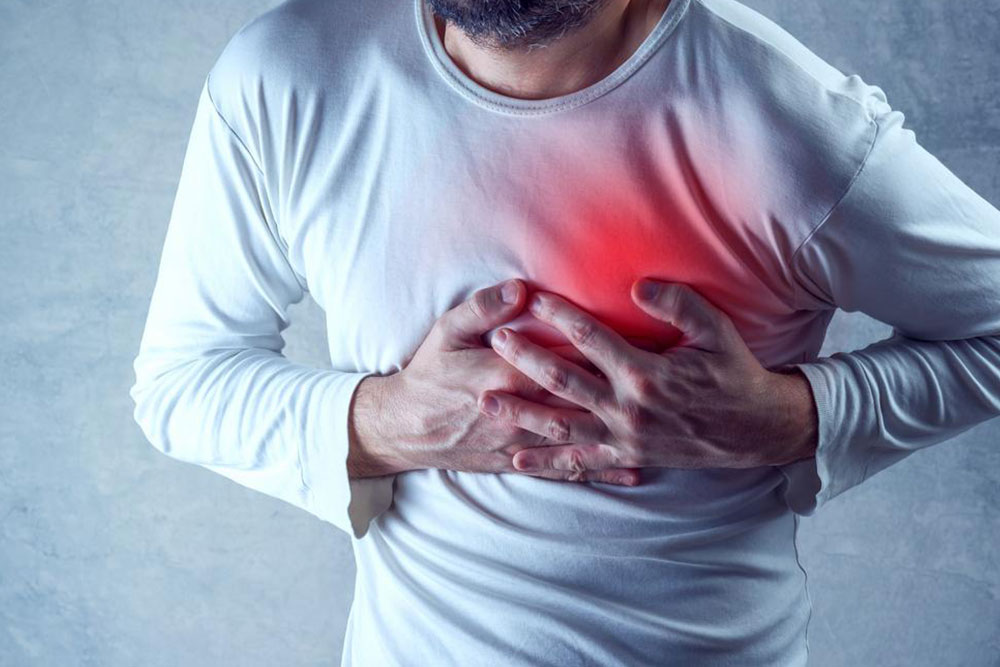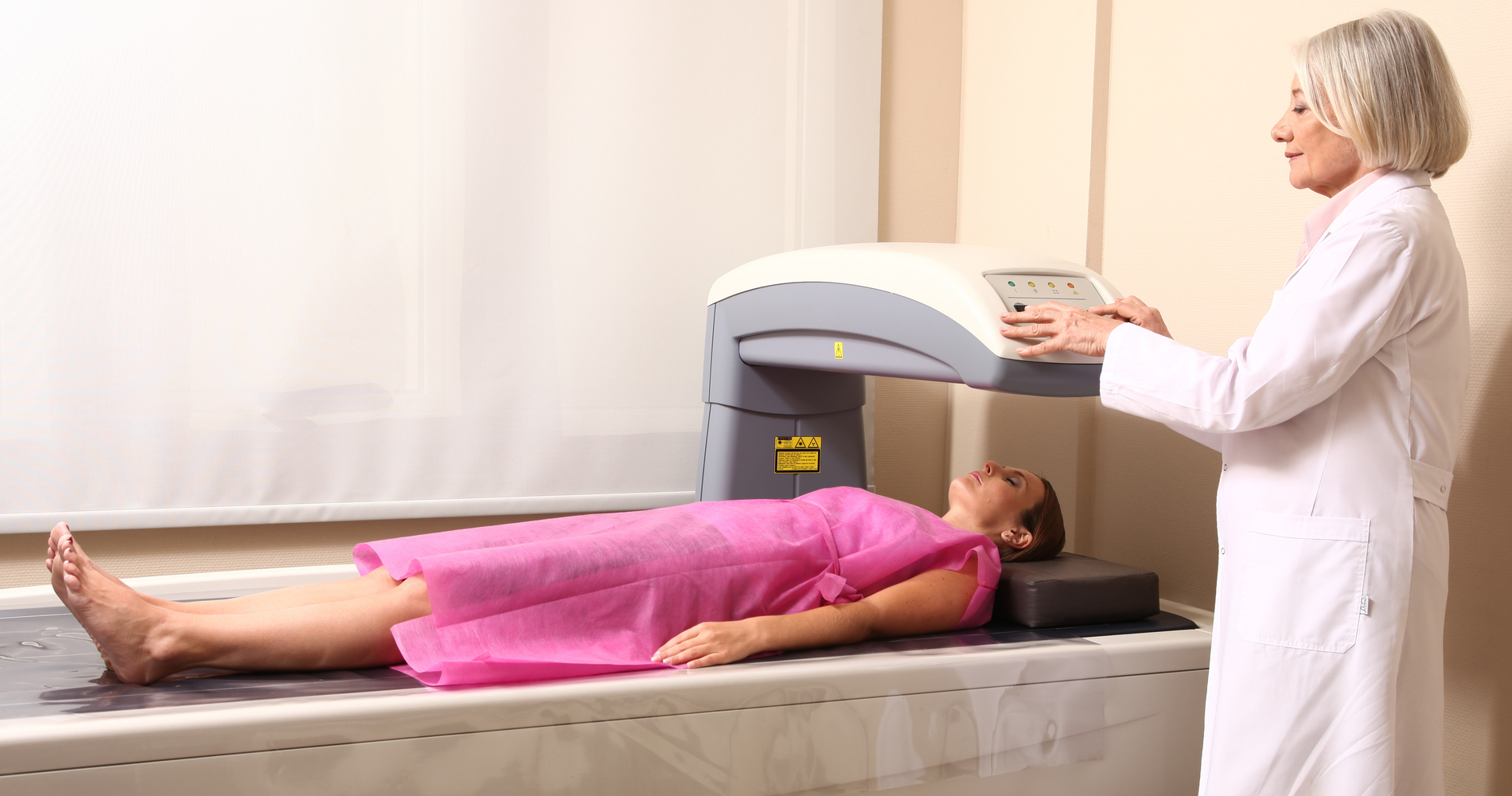Understanding the Causes of Chest Rib Discomfort
Explore the primary causes of rib pain, including fractures, inflammation, and bone health issues. Learn about symptoms, injury types, and when to seek medical care for chest discomfort. Vital for anyone experiencing rib-related pain or injuries, this guide provides essential insights into diagnosis and treatment options.

Understanding the Causes of Chest Rib Discomfort
The rib cage plays a crucial role in shielding vital organs like the heart and lungs. It consists of 24 bones—12 on each side—forming a protective cage connected to the sternum via cartilage. This sturdy structure can be vulnerable to impacts, which may result in pain and breathing issues. Such injuries often indicate damage to internal organs, requiring prompt medical attention.
Rib discomfort may stem from injuries such as vessel damage, lung impact, or trauma to the back or side of the chest. Fractures and bruised cartilages attaching ribs to the sternum are common serious injuries.
Effective treatment targets injuries like blood vessel damage, lung impact, or chest trauma. Rib fractures, which involve broken or cracked ribs and bruised cartilage, need immediate medical evaluation to prevent further complications.
Common causes of rib pain include:
Breach or fracture of bones: Rib fractures can occur via various means, causing bruising, bleeding, intense pain, and loss of function. These injuries demand urgent stabilization to avoid serious complications.
Rib injuries like fractures can lead to issues requiring swift medical intervention.
Costochondritis: This condition involves inflammation of the cartilage connecting ribs to the sternum, causing chest pain, tenderness, and pain during coughing.
Pleurisy: Inflammation of the lung lining results in chest pain; antibiotics are often prescribed for treatment.
Osteoporosis: This condition reduces bone density, making ribs more susceptible to fractures and bruises. It affects millions yearly, often diagnosed after injury. Proper treatment depends on understanding the underlying bone condition.










